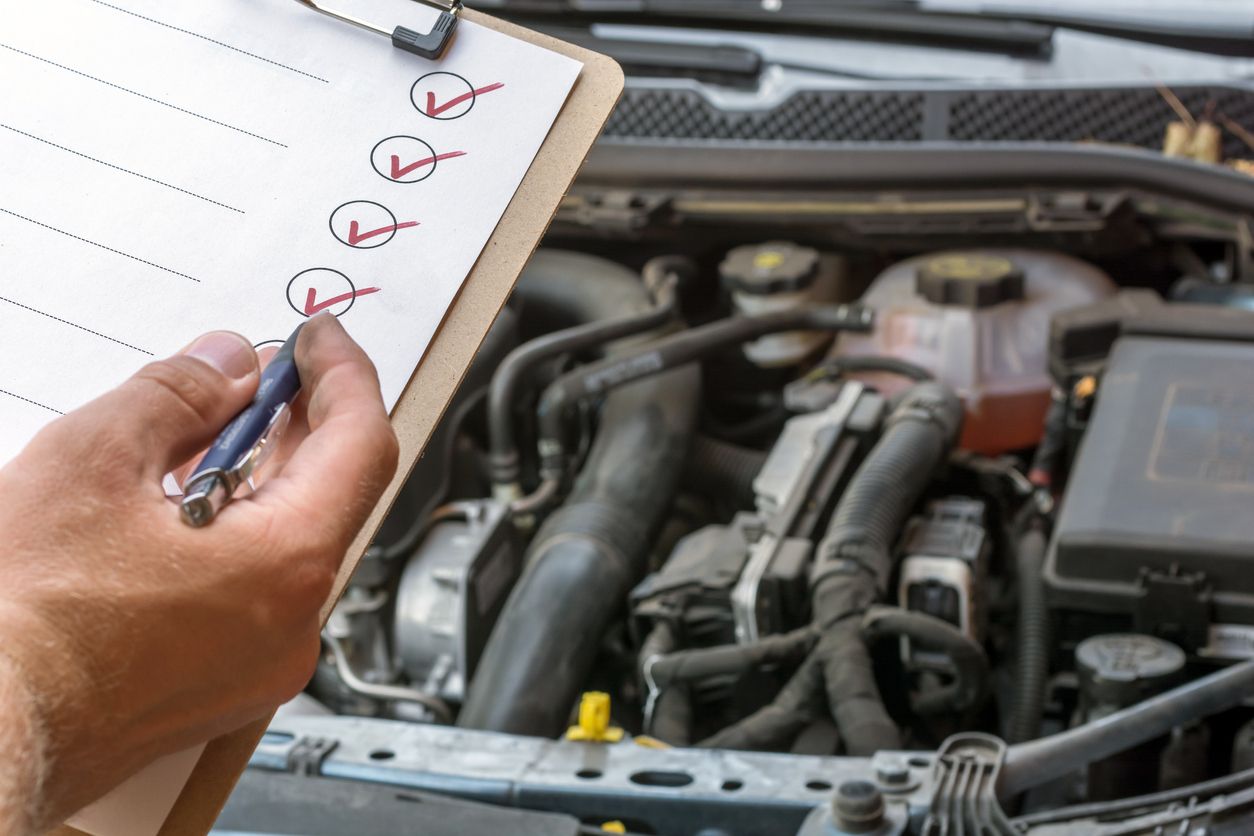All Categories
Featured
Tire turnings could not constantly be top of mind for automobile maintenance, but they play a crucial role in ensuring your automobile's safety, longevity, and efficiency. By consistently turning your tires, you can prevent irregular wear, optimize your tires' lifespan, and enhance your driving experience.
What Is Tire Turning?
Tire rotation is the process of relocating tires to various positions on your lorry to make sure even put on. Relying on your automobile's drivetrain-- front-wheel drive (FWD), rear-wheel drive (RWD), or all-wheel drive (AWD)-- the front and back tires experience different levels of tension. Frequently turning your tires aids distribute this wear uniformly.
Advantages of Normal Tire Rotations
Also Tire Wear
Tires on various axles experience various degrees of tension. As an example, front tires on a FWD vehicle deal with velocity, braking, and steering, causing them to put on faster.
Rotating the tires makes sure also wear, permitting all four tires to preserve similar step deepness.
Improved Handling and Safety
![]()
Irregular tread depth can lead to inequalities, decreased grip, and endangered handling, particularly on damp or slippery roads.
Turned tires ensure regular performance and a more secure driving experience.
Extended Tire Life Expectancy
Also wear means your tires last longer, conserving you cash on early substitutes.
Much Better Gas Performance
![]()
Erratically used tires can raise moving resistance, needing even more power from the engine and decreasing gas economic climate.
Well balanced tires minimize pressure on the lorry and boost performance.
Expense Savings
By prolonging the life of your tires and preventing early replacements, routine rotations can conserve you substantial prices with time.
Suggested Turning Intervals
The majority of suppliers recommend revolving your tires every 5,000 to 7,500 miles. A great guideline is to have your tires revolved throughout regular upkeep brows through, such as oil adjustments. Always describe your automobile's owner handbook for particular guidelines.
Common Tire Rotation Patterns
The rotation pattern depends upon your car's drivetrain and tire kind:
Front-Wheel Drive: Swap front tires with the rear ones, crossing them diagonally.
Rear-Wheel Drive: Relocate rear tires to the front axle and cross them.
Four-wheel Drive: Utilize an "X" pattern for balanced wear.
Directional Tires: Guarantee the tires remain on the exact same side to preserve their designed performance.
Signs You Required a Tire Turning
Irregular wear patterns on the tires.
Car vibrations, particularly at greater rates.
Decreased fuel effectiveness.
Problem maintaining control in damaging problems.
Last Ideas
Routine tire rotations are necessary for preserving your automobile's security and efficiency. By spending time in this uncomplicated treatment, you'll appreciate a smoother ride, enhanced handling, and significant cost financial savings over time. Schedule your next tire rotation with a relied on provider and make it a regular part of your maintenance routine.
What Is Tire Turning?
Tire rotation is the process of relocating tires to various positions on your lorry to make sure even put on. Relying on your automobile's drivetrain-- front-wheel drive (FWD), rear-wheel drive (RWD), or all-wheel drive (AWD)-- the front and back tires experience different levels of tension. Frequently turning your tires aids distribute this wear uniformly.
Advantages of Normal Tire Rotations
Also Tire Wear
Tires on various axles experience various degrees of tension. As an example, front tires on a FWD vehicle deal with velocity, braking, and steering, causing them to put on faster.
Rotating the tires makes sure also wear, permitting all four tires to preserve similar step deepness.
Improved Handling and Safety

Irregular tread depth can lead to inequalities, decreased grip, and endangered handling, particularly on damp or slippery roads.
Turned tires ensure regular performance and a more secure driving experience.
Extended Tire Life Expectancy
Also wear means your tires last longer, conserving you cash on early substitutes.
Much Better Gas Performance

Erratically used tires can raise moving resistance, needing even more power from the engine and decreasing gas economic climate.
Well balanced tires minimize pressure on the lorry and boost performance.
Expense Savings
By prolonging the life of your tires and preventing early replacements, routine rotations can conserve you substantial prices with time.
Suggested Turning Intervals
The majority of suppliers recommend revolving your tires every 5,000 to 7,500 miles. A great guideline is to have your tires revolved throughout regular upkeep brows through, such as oil adjustments. Always describe your automobile's owner handbook for particular guidelines.
Common Tire Rotation Patterns
The rotation pattern depends upon your car's drivetrain and tire kind:
Front-Wheel Drive: Swap front tires with the rear ones, crossing them diagonally.
Rear-Wheel Drive: Relocate rear tires to the front axle and cross them.
Four-wheel Drive: Utilize an "X" pattern for balanced wear.
Directional Tires: Guarantee the tires remain on the exact same side to preserve their designed performance.
Signs You Required a Tire Turning
Irregular wear patterns on the tires.
Car vibrations, particularly at greater rates.
Decreased fuel effectiveness.
Problem maintaining control in damaging problems.
Last Ideas
Routine tire rotations are necessary for preserving your automobile's security and efficiency. By spending time in this uncomplicated treatment, you'll appreciate a smoother ride, enhanced handling, and significant cost financial savings over time. Schedule your next tire rotation with a relied on provider and make it a regular part of your maintenance routine.
Latest Posts
Uncover Montclare Auto Repair’s Leading Auto Repairs and Why Drivers Rely On Them
Published May 31, 25
1 min read
Explore Premier Auto Repair Services in Chicago – Keep Your Car Running Smoothly
Published May 27, 25
1 min read
Find Cost-Effective Auto Repairs with Montclare’s Limited-Time Service Specials
Published May 22, 25
1 min read
More
Latest Posts
Uncover Montclare Auto Repair’s Leading Auto Repairs and Why Drivers Rely On Them
Published May 31, 25
1 min read
Explore Premier Auto Repair Services in Chicago – Keep Your Car Running Smoothly
Published May 27, 25
1 min read
Find Cost-Effective Auto Repairs with Montclare’s Limited-Time Service Specials
Published May 22, 25
1 min read